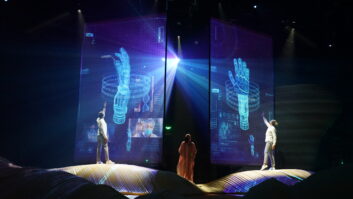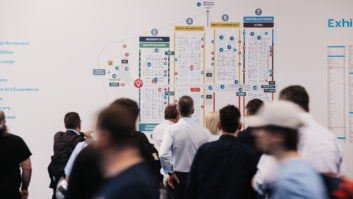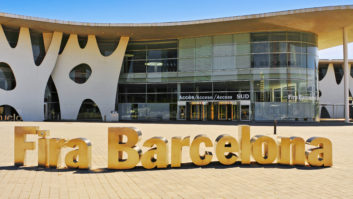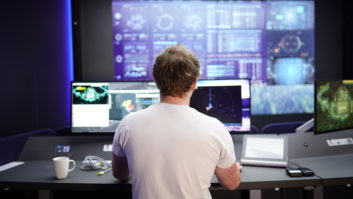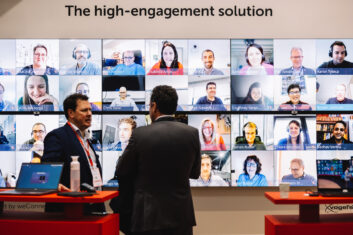 With communication and collaboration tools continuing to be a major target for investment in the corporate space and elsewhere, ISE 2024 is the place to meet the big names in the market and learn about the latest trends.
With communication and collaboration tools continuing to be a major target for investment in the corporate space and elsewhere, ISE 2024 is the place to meet the big names in the market and learn about the latest trends.
As workers continue to embrace hybrid and remote working, unified communications (UC) technology is crucial to creating a cohesive, productive and satisfied workforce. Videoconferencing systems, wireless content sharing tools, interactive displays and whiteboards are all being utilised to facilitate collaboration and bring teams together. The less visible side of unified communications is also important: cloud and data technologies are transforming how enterprises manage their estates, and remote management of devices is increasingly important for users who rely on UC tools to carry out their daily tasks.
Some of the leading names in communication and collaboration systems and tools are Cisco, Jabra, Lenovo, Logitech, Microsoft, HP|Poly, Q-SYS and Zoom – who can all be found in the Unified Communications and Education Technology Zone in Hall 2. And don’t forget to look further afield for other big names – such as in Hall 3, where you’ll find meeting room technologies from Biamp, Crestron, Sennheiser and Shure, among many others.
The new and emerging challenges around smart workplaces will be scrutinised over two afternoons at the Smart Workplace Summit, which takes place on Wednesday and Thursday from 15:30. Among the topics on the agenda are:
- Cyber security – particularly with the huge rise in connected devices involved in hybrid working
- AI – in terms of both the opportunities it affords and the ethical issues it raises
- Trends in workplace design – with a case study of a highly flexible installation for 5,000 students at the London College of Fashion
- How to make collaboration and learning facilities more inclusive
Content chair Gary Keene says that the Summit has three distinct audiences: “Manufacturers, who are interested in understanding the changing landscape within buildings and how that might impact their product roadmaps. Then there are end users – those who are responsible not just for the design, but increasingly for the ongoing management of buildings and campuses. Thirdly, the Summit is for the systems integrators and design consultants who sit between those two audiences and often face the problem of trying to reconcile increasingly sophisticated customer needs with a manufacturer roadmap that hasn’t changed.”
Learn more about the Smart Workplace Summit.
